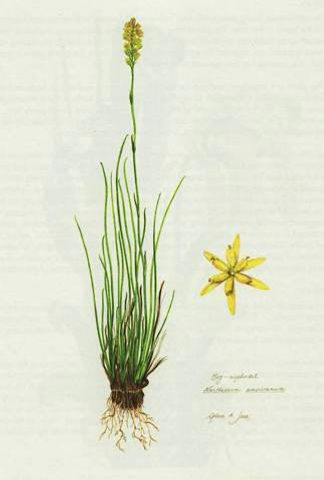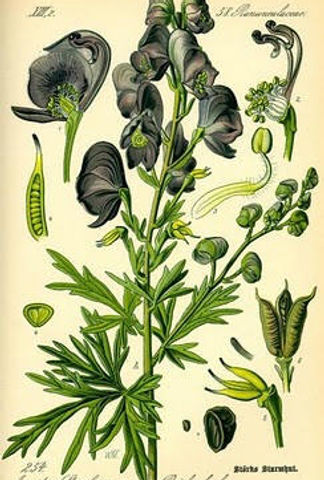top of page

Herbology & Plant Studies

Professor Sprout has a great knowledge of the plants she propagates in her greenhouses including the traits and properties each possesses. At Hogwarts School of Witchcraft and Wizardry, herbology is the study of magical and non-magical plants and fungi, the wizarding equivalent to botany. Herbology is a required class at most wizarding schools where students learn to maintain and use plants and their components, discover their diverse properties and determine how to incorporate plants into potions and other helpful compounds. Many of the plants students cultivate contain compounds commonly used in the potions courses and conventional medicine, while others have magical effects that are anything but beneficial. Understanding these different traits are important to students so that potentially dangerous plants be quickly identified as well as obtaining beneficial plant components when needed.
Warning! None of the plants discussed on this page should be used in any way by Muggles. Even the greatest Potions Master must take great care when using dangerous and life-threatening plants like those listed below. This list will become more comprehensive over time.
Asphodel (genus Asphodelus)
Asphodel has many interesting connections. These are perennial flowering plants found all across Europe. It is an upright stem crowned with small flowers at its apex. It was included in one of the first questions to Harry posed by Professor Snape and has some apparent significance. First, in mythology it has been said to be used as a remedy for snake bites. It also has been connected with the dead. It was also originally placed in the Lily family. Draw your own conclusions!

Mandrake (genus Mandragora)
Mandrake belongs to the nightshade family (Solanaceae). The only part of the mandrake that is not poisonous is the fruit, containing toxins that produce hallucinations, possibly one of the reasons Muggles don't recognize them the same way those in the Magical World do. The roots sometimes branch, causing them to resemble a humanoid figure. The root looks similar to a parsnip and is often branched. This root produces leaves above ground that are wrinkled and entire, and appear similar to those of tobacco. Mandrakes have long been part of literature and quite possibly, because of their hallucinogenic properties, have been assigned properties that may or may not exist.

Wolfsbane (genus Aconitum)
Wolfsbane (Aconitum vulparia) is one of over 250 species in the genus Aconitum, most of which are extremely poisonous. Many of these plant species can be found in the grasslands of mountainous regions where there is plenty of moisture. The name originates from the use of the plant�s toxins by Muggles to kill wolves. According to Rowling, those afflicted with transfigurative disorders like werewolves, may use this to maintain their human presence of mind. The plant consists of a tall stem that is crowned with flowers, each with many stamen and a single, large pistil.

Wormwood & Mugwort (genus Artemisia)
Genus Artemisia is a group of over 200 species commonly referred to as wormwood, mugwort, or sagebrush. These plants often grow as shrubs and have been used in ancient medicine for centuries. These have been used to treat maladies from skin infections and allergies to serious afflictions like malaria. Some of these plants have been used to repel parasites as well as in fermentation of brews like wormwood beer and wine. It can be very bitter giving any potion infused with it a pungent taste.

bottom of page
